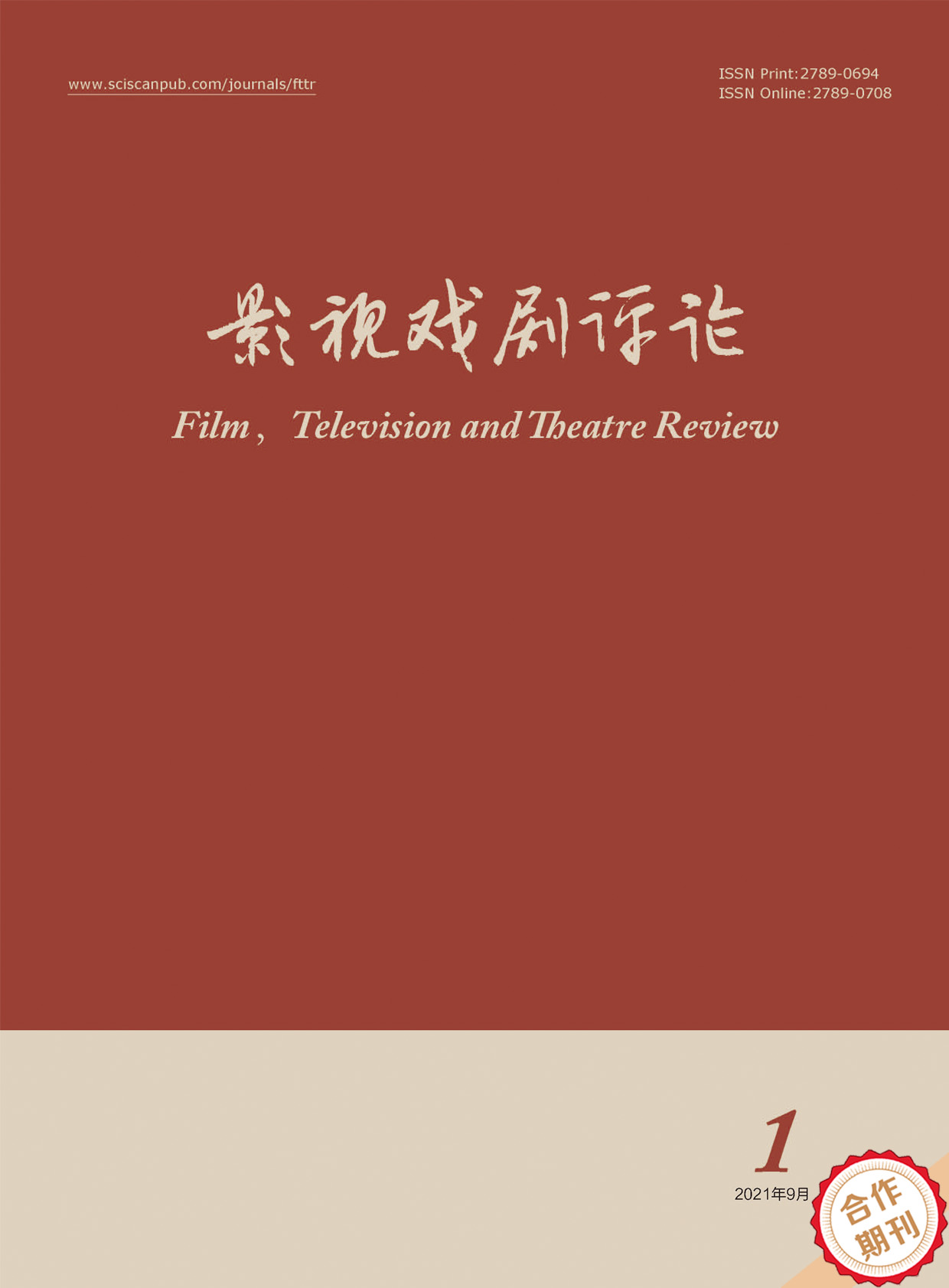Film,Television and Theatre Review
ISSN Print:2789-0694
ISSN Online:2789-0708
Contact Editorial Office
Subscribe to the latest published information from SCISCAN
谈《西游记》的现代演绎——从《大闹天宫》到《大圣归来》
On Modern Rendition of A Journey to the West —From The Monkey King to Hero Is Back
- Authors: 王艳秋
-
Information:
上海戏剧学院,上海
-
Keywords:
Uproar in Heaven; Monkey King: Monkey King Is Back; The Monkey King; Revolt; liberty《大闹天宫》; 《西游记之大圣归来》; 孙悟空; 反抗; 自由
- Abstract: Journey to the West represents the highest achievement of Chinese classical novels of gods and demons. It is not only a treasure of Chinese literature history, but also a source of endless inspiration for future generations. This paper uses Uproar in Heaven and Monkey King: Monkey King Is Back to the West as cases to analyze the specific ways of modern interpretation of classical novels by Chinese animation, which is embodied in the application of folk culture, that is, the unity of form, style and inner thought. On the basis of the colorful folk culture, the story level focuses on the resistance of freedom and the freedom to break the bondage before going to the West. The characters are simplified into Sun Wukong and the party that plays the role of suppression or restraint. The shape chooses the dominant style of folk opera, and at the same time adds modern elements. On the basis of the fusion of folk culture, the two works unify the story and characters in the free spirit, completing the successful attempt of modern interpretation of classical novels. 《西游记》代表了中国古典神魔小说的最高成就,不仅是中国文学史的宝藏,更给后人提供了无尽的灵感源泉。本文用《大闹天宫》和《西游记之大圣归来》作为案例,来分析中国动画对古典小说现代演绎的具体方式,具体体现在对民间文化的运用方式上,即在形式、风格和内在思想上的统一。在民间文化的绚丽多彩的基础上,故事层面集中在去西天取经之前,以为自由的反抗和冲破束缚的自由为主,人物上精简成孙悟空和起压制或束缚作用的一方,造型上选择民间戏曲的主导风格,同时也增添了现代元素;两部作品在民间文化的融合的基础上,将故事、人物统一于自由精神之中,完成了古典小说的现代演绎的成功尝试。
- DOI: https://doi.org/10.35534/fttr.0402014
- Cite: 王艳秋.谈《西游记》的现代演绎——从《大闹天宫》到《西游记之大圣归来》[J].影视戏剧评论,2024,4(2):101-107.
















